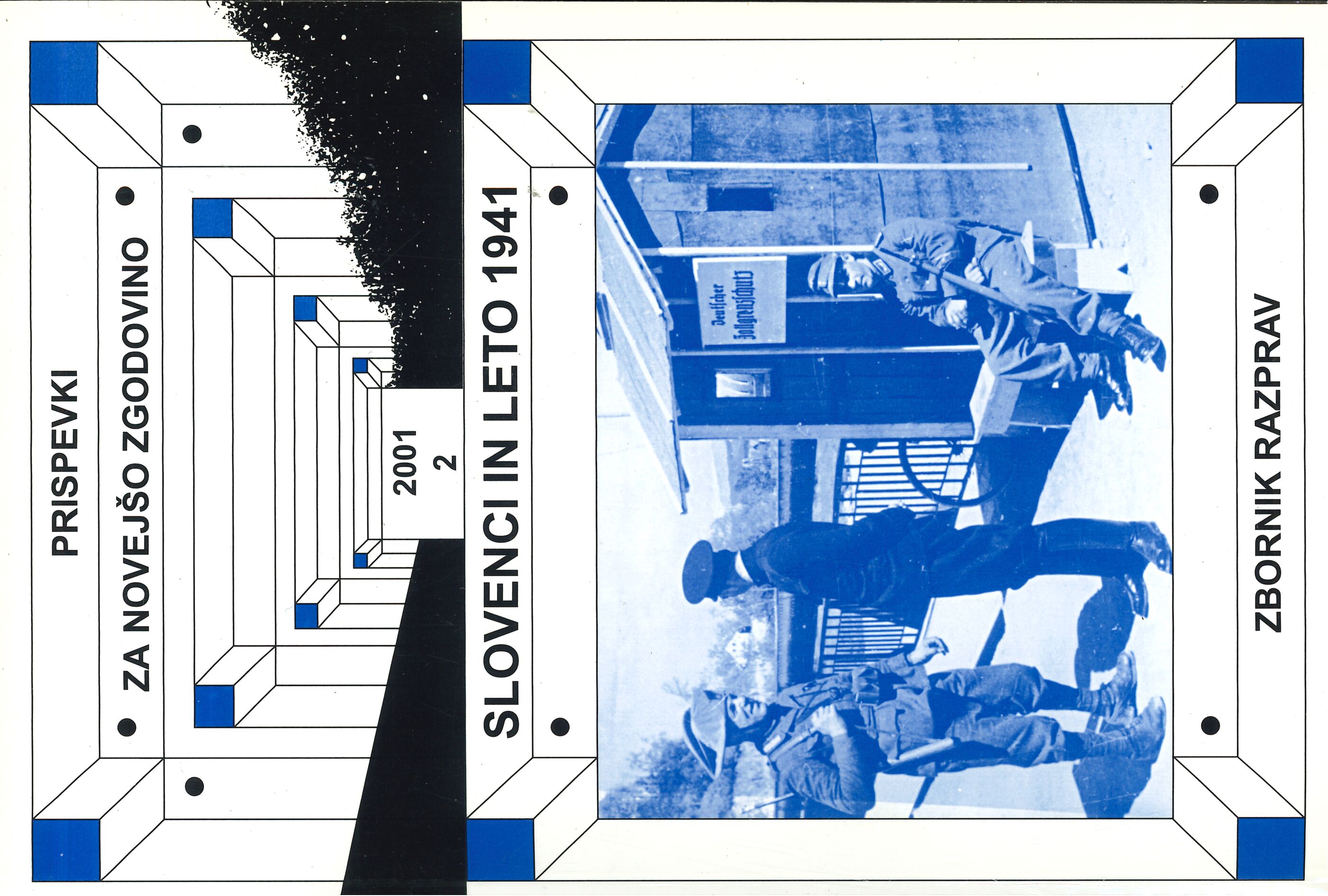Revolutionism in 1941
Keywords:
the Second World War, Slovenia, national liberation movement, Liberation Front of Slovenian Nation, revolution, self-determination, stateAbstract
On the basis of the published documents and newspapers, the author presents the degrees of revolutionism in Slovene political life in 1941. These revolutionary elements were manifested as a national revolution, in which emancipation themes such as the liberation from the occupiers, the right to self-determination and the change in the status of the Slovene nation in a future Yugoslav state were emphasized. The national liberation movement associated the national revolution with social revolution and, especially, a change in government. With this aim the Slovene National Liberation Committee (SNLC) was founded in September 1941, which embodied the emerging aspirations for a Slovene state and symbolized national self-determination. The Liberation Front programme article envisaging the unification of the Slovene nation was of revolutionary nature, as it required the change of the state borders and the liberation of the Slovene ethnic lands in Italy and Germany (Austria). This can be interpreted as the anti-imperialist policy of the LF. Its stance towards a future Yugoslav state and its structure was also revolutionary, as was its way of protecting the national liberation movement. Due to the collaboration of its adversaries with the occupiers, this gained the character of revolutionary terrorism, which manifested itself through the persecution and punishment of the occupiers' spies and informers.
Downloads
Published
Issue
Section
License
Authors who publish with this journal agree to the following terms:
- Authors retain copyright and grant the journal right of first publication with the work simultaneously licensed under a Creative Commons Attribution License that allows others to share the work with an acknowledgement of the work's authorship and initial publication in this journal.
- Authors are able to enter into separate, additional contractual arrangements for the non-exclusive distribution of the journal's published version of the work (e.g., post it to an institutional repository or publish it in a book), with an acknowledgement of its initial publication in this journal.
- Authors are permitted and encouraged to post their work online (e.g., in institutional repositories or on their website) prior to and during the submission process, as it can lead to productive exchanges, as well as earlier and greater citation of published work (See The Effect of Open Access).


